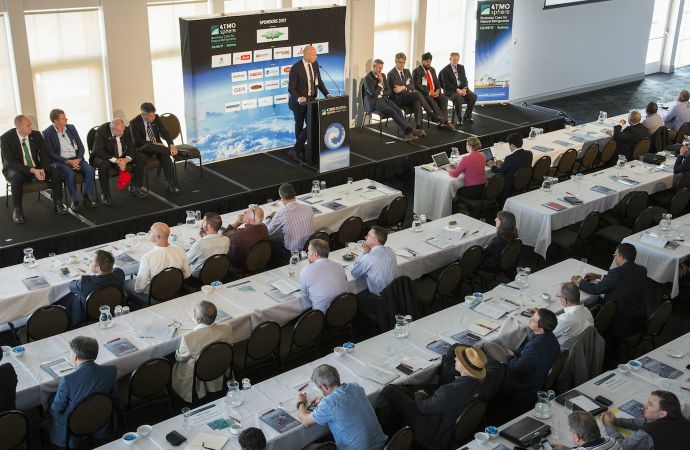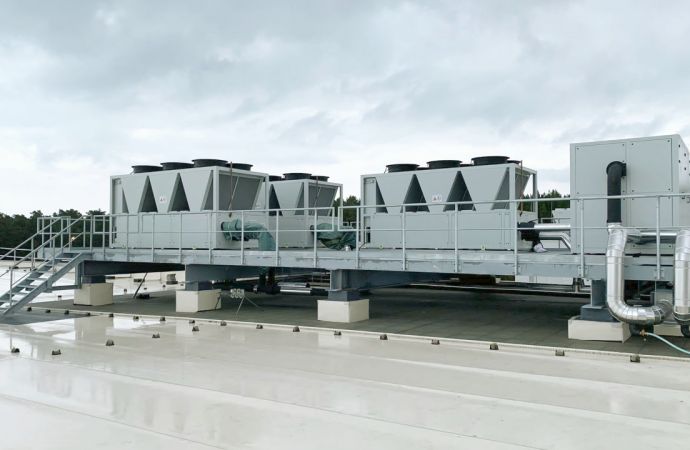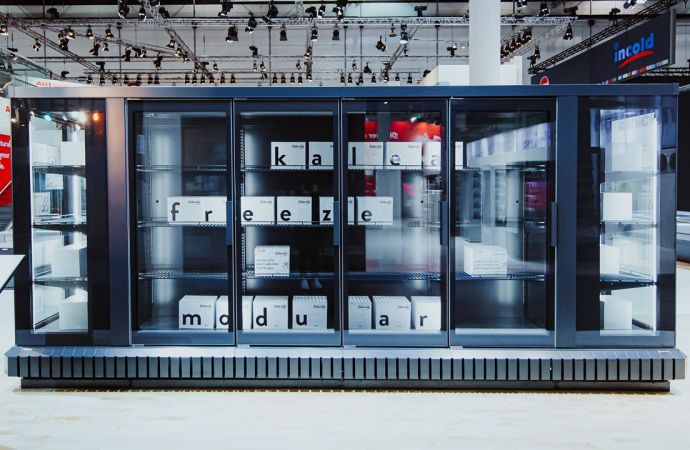Participants in Tuesday’s conference were unanimous in their desire to raise public awareness of natural refrigerants and their efficiency and environmental benefits.

Following last year’s inaugural ATMOsphere Australia event in Melbourne, participants in this year’s event – held at Luna Park, Sydney – were unanimous in their desire to raise public awareness of natural refrigerants and their contribution to a more sustainable HVAC&R sector in Australia and New Zealand.
“We need to work with all levels of the industry to see what levels of support are required. We need to work with you to see what the requirements are, what can be done, and who should be doing them. It’s too early to make any promises. Let’s work together on it,” Patrick McInerney, director of the International Ozone Protection and Synthetic Greenhouse Gas Section, Department of the Environment and Energy, Australia, told the audience.
Spreading the natural refrigerant message
Among the hot topics of the day among the 205 participants was the state of training, the need to boost collaboration, and the impressive progress of natural refrigerants in Australia and New Zealand over the past year.
"The biggest thing we can do for the industry is to have Australian society know that we exist and show them that it’s a brilliant trade,” said Steve Smith of TAFE NSW, a leading Australian provider of vocational education and training courses.
Kim Limburg, CEO of the Australian Refrigeration Mechanics Association (ARMA), encouraged attendees to engage with local educational institutions as individuals.
“Offer yourself, your experience, and your knowledge. Show them how exciting the industry is,” she said.
We need to work with all levels of the industry to see what levels of support are required.”
– Patrick McInerney, Department of the Environment and Energy, Australia
End users pushing forward with natref systems
Challenges in rolling out natural refrigerant technology in Australia and New Zealand include the availability of components, ensuring there are enough trained technicians and installers, and the need to operate efficiently in the warm ambient climate.
End users and suppliers who presented at the conference showed a focus and determination in continuing to move forward with their natural-refrigerant installations.
“By 2020 we will install 10 natural systems. Our target is to reduce carbon emissions to 10% below 2015 levels. Natural refrigerants are going to be a key part of that mission,” said Michael Englebright, head of engineering at Woolworths, a leading Australian retailer with stores throughout its home country and New Zealand.
Such rapid growth was strongly supported by the system and component suppliers in attendance.
"We think there will be around 40 supermarkets in New Zealand operating transcritical CO2 by the end of 2017,” said Brian Rees of McAlpine Hussmann, a leading supplier and installer of commercial refrigeration solutions.
Mike Baker, managing director of AJ Baker & Sons was in agreement. "We believe we’ll be up to 25 transcritical CO2 system installations in Australia by 2020.”
Related stories




